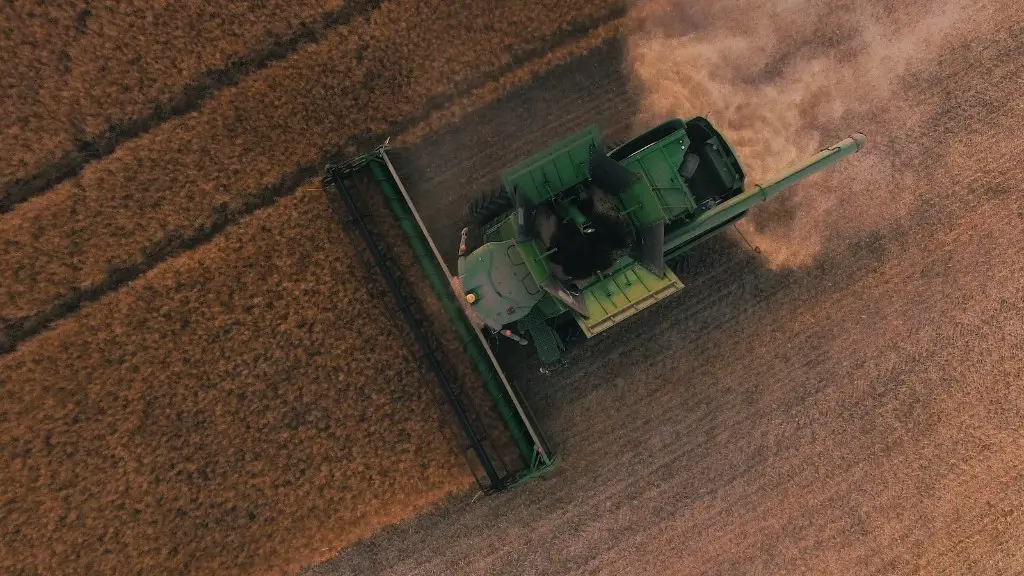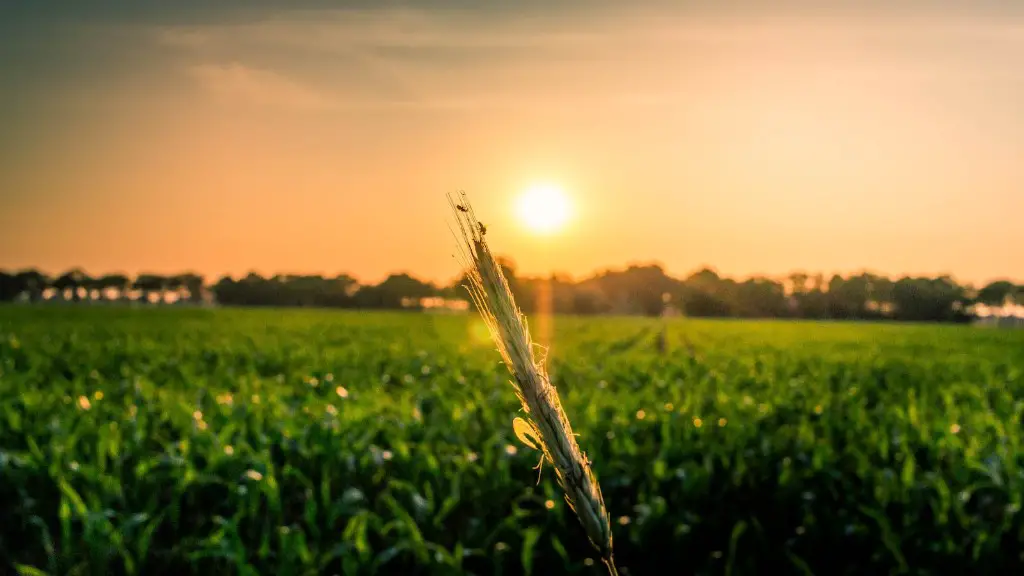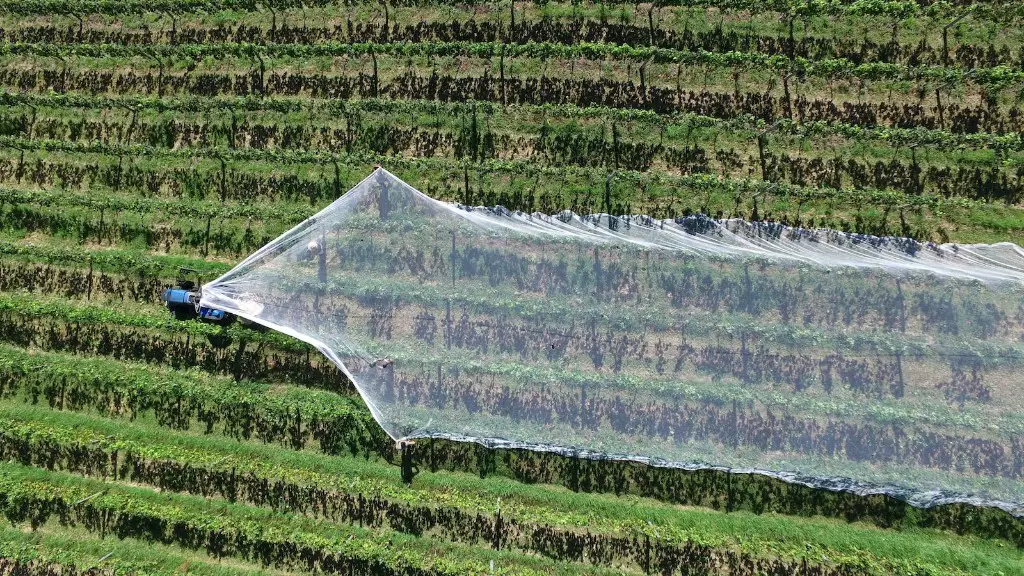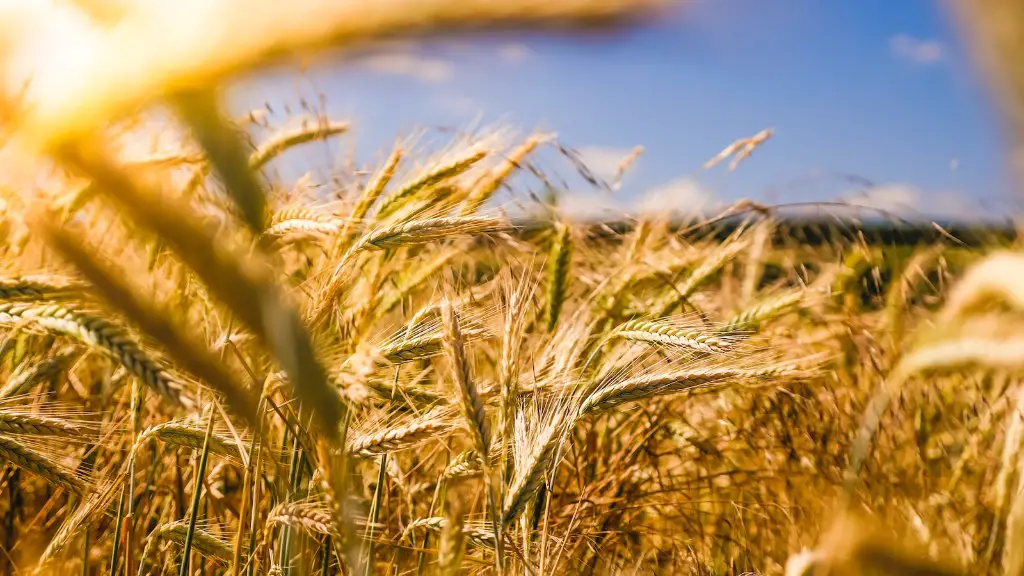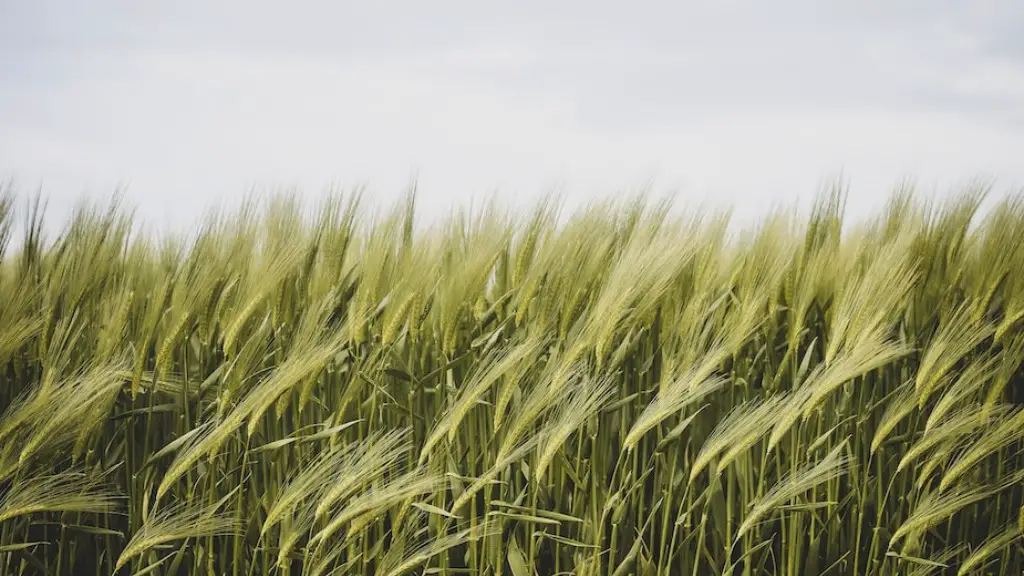Slash and burn agriculture is an important agricultural practice as it is used for many reasons. One of the primary reasons is to clear land for planting crops or for other forms of agricultural development. This method has been in use for centuries, and is still practiced in some parts of the world today. There are a number of benefits associated with this form of agriculture, particularly in areas where the soil is of poor quality.
Slash and burn agriculture can be used to increase soil fertility levels. This is done by clearing trees and shrubs, and then burning them in order to release their nutrients into the soil. This process of ‘slash and burn’ is believed to be more effective than other methods such as ploughing and tilling, as it can release more nutrients than these methods. The nutrients released in this way can provide an important boost to soil fertility and help to improve the quality of crops.
Slash and burn agriculture can also be beneficial in terms of conserving land resources. By clearing patches of land and burning them, it can help to reduce competition between farmers and other land users. This means that land resources and resources such as water can be more easily managed and spread across everyone who is using the land.
Slash and burn agriculture can also be used to keep weeds and pests away. By clearing patches of land, any weeds and pests that may have been in the area can be eliminated. This can help to keep crops healthy and reduce the instance of crop failure, allowing for a higher yield.
Finally, slash and burn agriculture can help to reduce the pressure on land resources. By clearing land for planting, and burning any land that has been left unused, it can help to reduce pressure on existing land resources. This means that land can be freed up for other users, such as farmers, while also reducing pressure on existing resources.
Impact Of Slash And Burn Agriculture
Slash and burn agriculture can have a variety of benefits, however, it also has the potential to cause some damage. One of the greatest risks associated with this practice is the possibility of increased pollution. Burning trees and brush can release a significant amount of smoke and other air pollutants into the atmosphere, which can cause health problems and can lead to air quality deterioration. In addition, the burning of land can also release toxins, and these can contaminate soil and water sources.
It is also important to consider the impact of slash and burn agriculture on the environment. Although this practice can have a number of benefits, it does have the potential to cause soil erosion and the destruction of habitats for plants and animals. In addition, it can also have a negative effect on the climate, as the burning of organic matter can release carbon dioxide into the atmosphere, which can contribute to climate change.
Finally, it is important to consider the impact of slash and burn agriculture on human health. Burning large amounts of organic matter can release toxins that can be hazardous to human health. These toxins can be breathed in, and can cause respiratory and cardiovascular problems. In addition, smoke inhalation can also cause eye and throat irritation.
Effects Of Slash And Burn Agriculture On Global Warming
The effects of slash and burn agriculture on global warming are also an important consideration. As previously mentioned, the burning of organic matter can release carbon dioxide into the atmosphere, which can contribute to global warming. In addition, burning large amounts of land can also lead to deforestation, which can also have an effect on global warming. It is estimated that deforestation accounts for up to 20% of global carbon dioxide emissions.
In addition to carbon dioxide, slash and burn agriculture can also release other green house gases, such as methane and nitrous oxide, which can also contribute to global warming. Methane is a particularly potent green house gas, and it is estimated that up to 25% of global methane emissions are a result of burning organic matter.
The destruction of habitats can also contribute to global warming, as the destruction of habitats means that fewer trees are present to absorb and store carbon dioxide. This can be particularly concerning in deforestation areas, as the destruction of existing forests means that more carbon dioxide will be released into the atmosphere than would be if the forests remained intact.
It is also important to consider the potential for soil erosion. The burning of large areas of land can lead to large amounts of soil being washed away by rain. This can lead to decreased soil fertility and reduced crop yields, which can have a negative effect on global food security.
Alternatives To Slash And Burn Agriculture
Given the potential risks associated with this form of agriculture, it is important to consider other alternatives. Common forms of agriculture such as ploughing and tilling are more sustainable methods that can provide many of the same benefits as slash and burn agriculture. In addition, crop rotation and intercropping can be used to ensure that land resources are more efficiently managed over time.
Other forms of ecological restoration can also be used to reduce the environmental impacts associated with slash and burn agriculture. Replanting of trees and shrubs can help to restore the habitats of native species, and can also help to reduce erosion, enhance soil fertility, and control weeds and pests. In addition, the use of agroforestry can also help to reduce the need for the burning of land.
Finally, improved stoves can be used to reduce the amount of smoke and other pollutants released into the atmosphere. These stoves, which are designed to burn organic matter more efficiently, can significantly reduce the negative environmental impacts associated with slash and burn agriculture.
Economic Impacts Of Slash And Burn Agriculture
Slash and burn agriculture can also have a significant impact on the economic well-being of those who practice it. In highly forested areas, the practice of burning large areas of land can lead to decreased wood resources, which can have a negative economic impact on the local population. In addition, the burning of land can cause a decrease in crop yields, which can lead to food shortages and economic hardship.
In addition, the destruction of habitats can also have a negative economic impact. The destruction of habitats can lead to a decrease in the number of certain animals, which can lead to a decrease in the number of resources such as meat, fur, and other products that can be used for economic gain.
The release of pollutants into the atmosphere can also have a negative economic impact, as it can lead to health problems for people living in the area. This can have a negative impact on the local population, as sickness can lead to a decrease in productivity, resulting in decreased economic gain.
Finally, the release of carbon dioxide and other green house gases into the atmosphere can also have a negative economic impact. The increase in greenhouse gas emissions can lead to an increase in global temperatures, which can lead to decreased crop production, changes in climate patterns, and other economic issues.
Conclusion
Overall, slash and burn agriculture can provide some benefits, but it also comes with a variety of risks and potential harms. It is important to consider the potential economic, environmental, and health impacts of this practice before engaging in it, and to take measures to ensure that these impacts are minimized. In addition, it is important to consider alternative methods of agriculture, such as ploughing, tilling, crop rotation, agroforestry, and intercropping, which can provide the same benefits without incurring the same risks.
